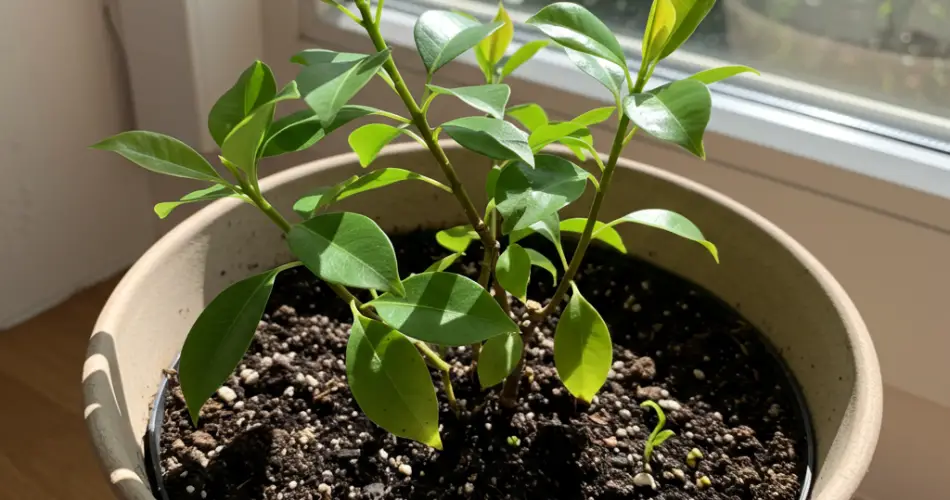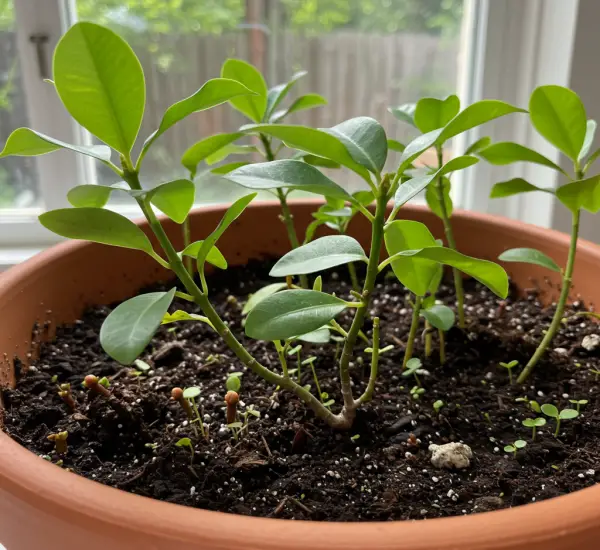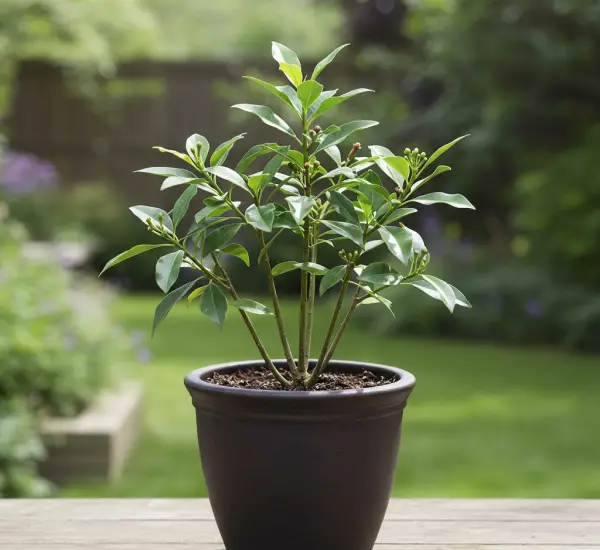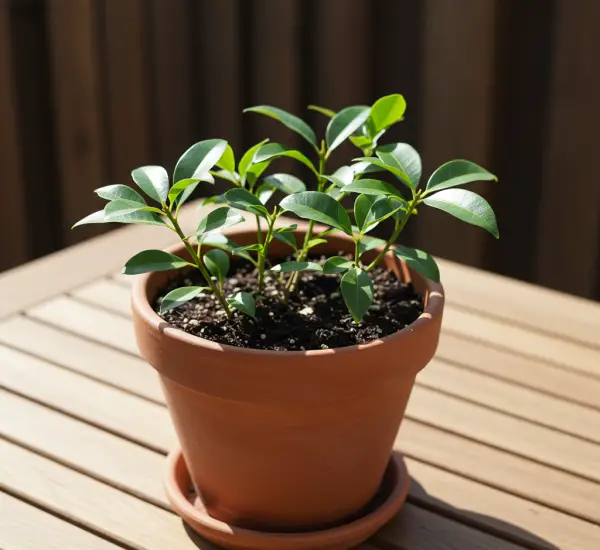Cloves (Syzygium aromaticum) are one of the most cherished spices in the world, known for their warm, aromatic fragrance, versatile culinary uses, and natural health benefits. While typically imported and purchased dried, cloves can actually be grown at home from tiny seeds, offering both the satisfaction of gardening and the joy of a fresh, sustainable spice source. With a simple, step-by-step approach, even beginners can cultivate clove plants successfully. Here’s a complete guide to turning tiny seeds into aromatic clove plants in your own home.
Step 1: Choose High-Quality Clove Seeds
The foundation of a successful clove plant is selecting fresh, viable seeds. Avoid using dried cloves from the spice rack, as these will no longer germinate. Purchase seeds from a reputable nursery, gardening store, or online supplier. Look for seeds that are plump, slightly moist, and free from mold. Using high-quality seeds increases your chances of germination and healthy seedling growth.
Step 2: Prepare Your Pot and Soil
Cloves thrive in fertile, well-draining soil, so choosing the right pot and soil mixture is essential. Select a pot with drainage holes to prevent waterlogging, which can damage roots. Fill the pot with a mix of quality potting soil, compost, and a small amount of sand or perlite. This combination ensures good aeration, proper drainage, and adequate nutrients for early growth. Lightly moisten the soil, ensuring it is damp but not soggy.
Step 3: Planting the Seeds
Plant each clove seed about 2 cm deep into the soil. If sowing multiple seeds in the same pot, leave 5–7 cm of space between them to avoid overcrowding. Press the seeds gently into the soil but do not bury them too deeply. Cover the pot with clear plastic or a plastic bag to create a mini-greenhouse effect. This helps retain warmth and humidity, which are essential for seed germination.
Step 4: Provide Proper Light and Temperature
Clove seeds require bright, indirect sunlight. Avoid exposing them to direct sun, which can dry out the soil and harm the seeds. Maintain a warm environment between 25°C and 30°C (77°F–86°F). Cloves are tropical plants, naturally accustomed to humid and warm conditions, so creating a stable environment is key for germination and early growth.
Step 5: Watering and Seedling Care
Keep the soil consistently moist by misting lightly once daily, preferably in the morning. Avoid overwatering, as excessive moisture can cause root rot. Germination can take 3–4 weeks, so patience is essential. Once seedlings emerge, gradually remove the plastic covering to allow them to acclimate to normal humidity and airflow.
Step 6: Transplanting Seedlings
When seedlings reach 10–15 cm in height and have developed several leaves, they can be transplanted into larger pots or directly into a garden if conditions allow. Select a location with partial sunlight and ensure the soil remains fertile and well-draining. Continue to water consistently and fertilize lightly with a balanced or organic fertilizer to support healthy growth. Protect seedlings from cold drafts and sudden temperature changes.
Step 7: Long-Term Maintenance
Clove plants grow slowly, and it may take 3–6 years to produce flower buds ready for harvest. Regular care is crucial: water consistently, maintain warm and humid conditions, and fertilize every few weeks. Monitor plants for pests or disease, and ensure good airflow to prevent mold or fungal issues. Proper care results in strong stems, lush green foliage, and eventually aromatic flower buds.
Step 8: Flowering and Harvesting Cloves
The coveted part of the clove plant is its flower buds, which are harvested before opening. Harvest buds when they are tight, reddish-brown, and unopened, then dry them in a ventilated area away from direct sunlight. These dried buds are the cloves used in cooking, teas, and natural remedies. Mature plants will produce fragrant buds annually, providing a sustainable and continuous supply of this aromatic spice.
Extra Tips for Success
-
Seedlings vs. seeds: Seedlings may bloom faster, but seeds are more affordable and widely available.
-
Drainage: Proper soil drainage prevents root rot and ensures healthy growth.
-
Humidity: Cloves thrive in warm, humid conditions; misting soil and using a plastic cover can help.
-
Patience: Cloves take years to mature; consistent care will reward you with years of aromatic blooms.
Conclusion
Growing cloves at home from tiny seeds is a fulfilling and rewarding gardening project. By following this simple step-by-step method—from selecting high-quality seeds to nurturing seedlings into mature, flowering plants—you can enjoy the natural aroma, beauty, and culinary benefits of cloves without ever needing to buy them again. With patience, dedication, and consistent care, your home-grown clove plants will thrive, offering fragrant blooms and a sustainable source of this treasured spice year after year.




